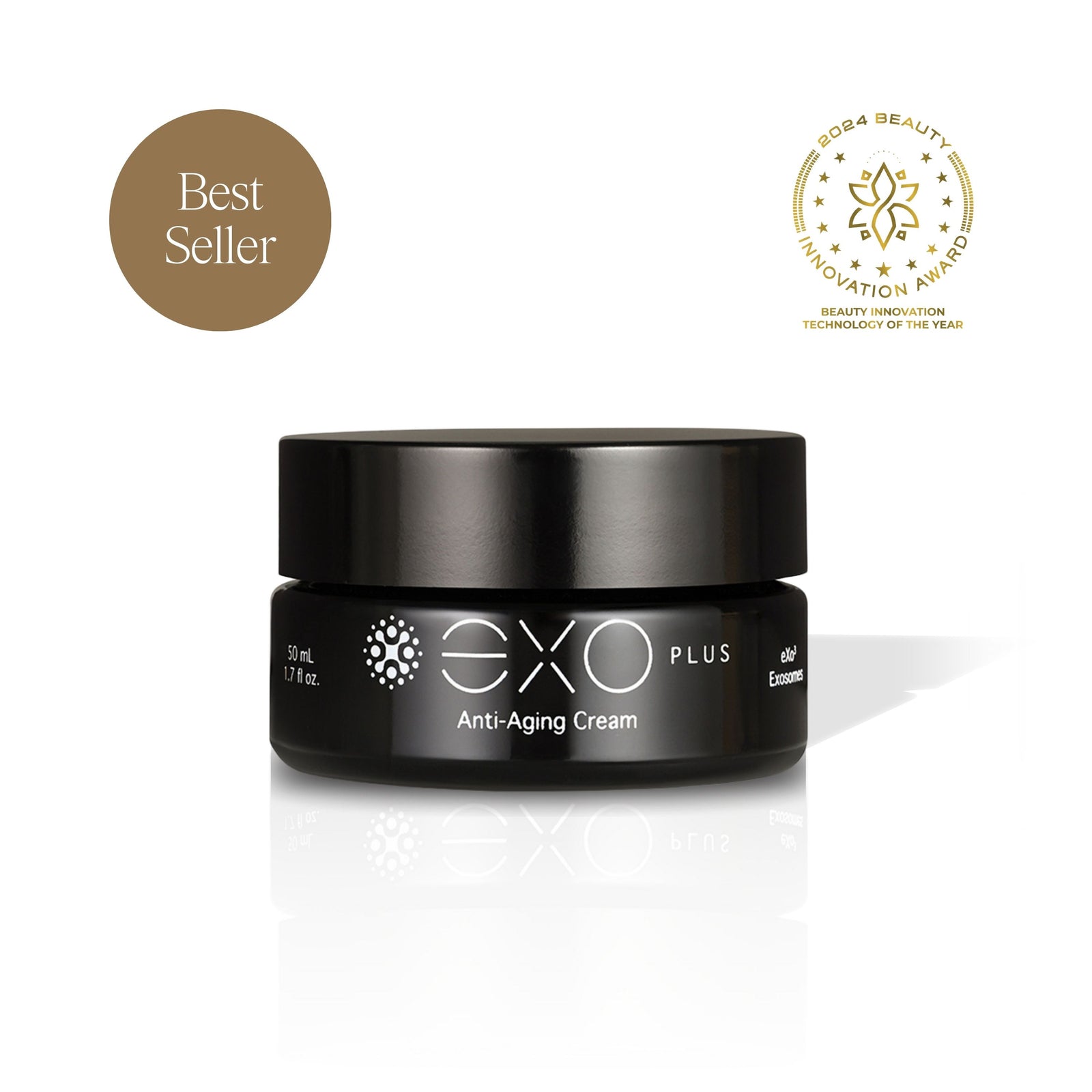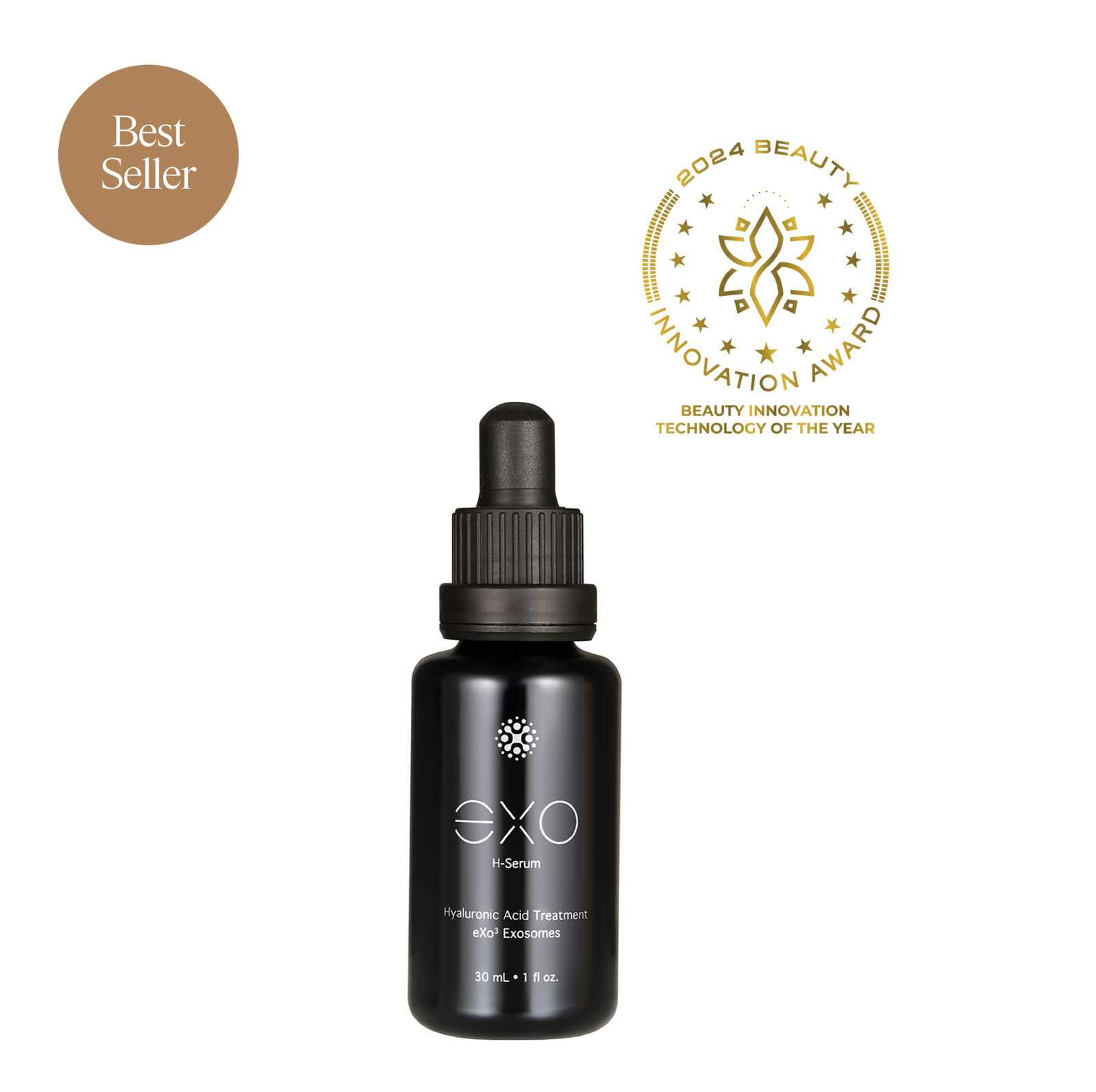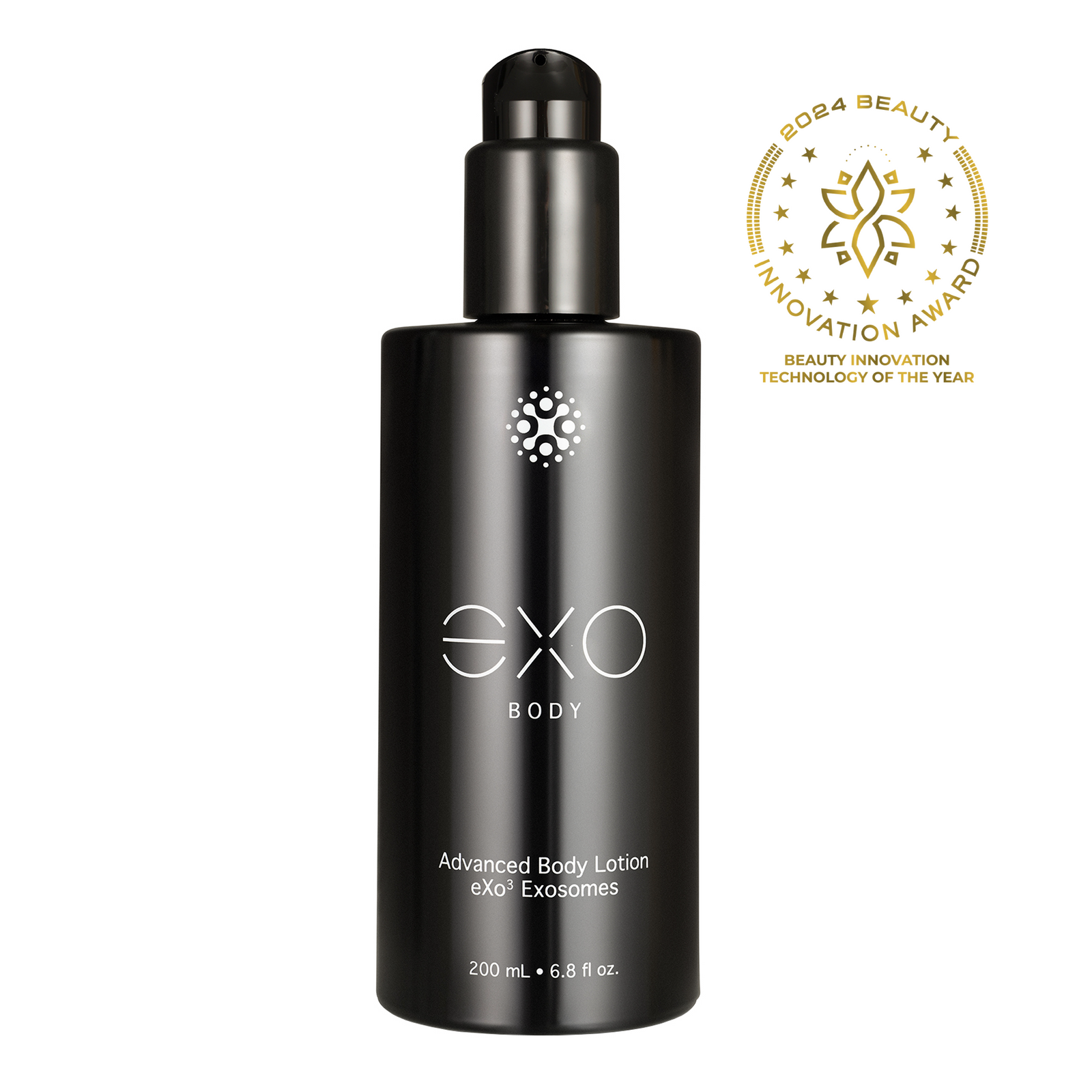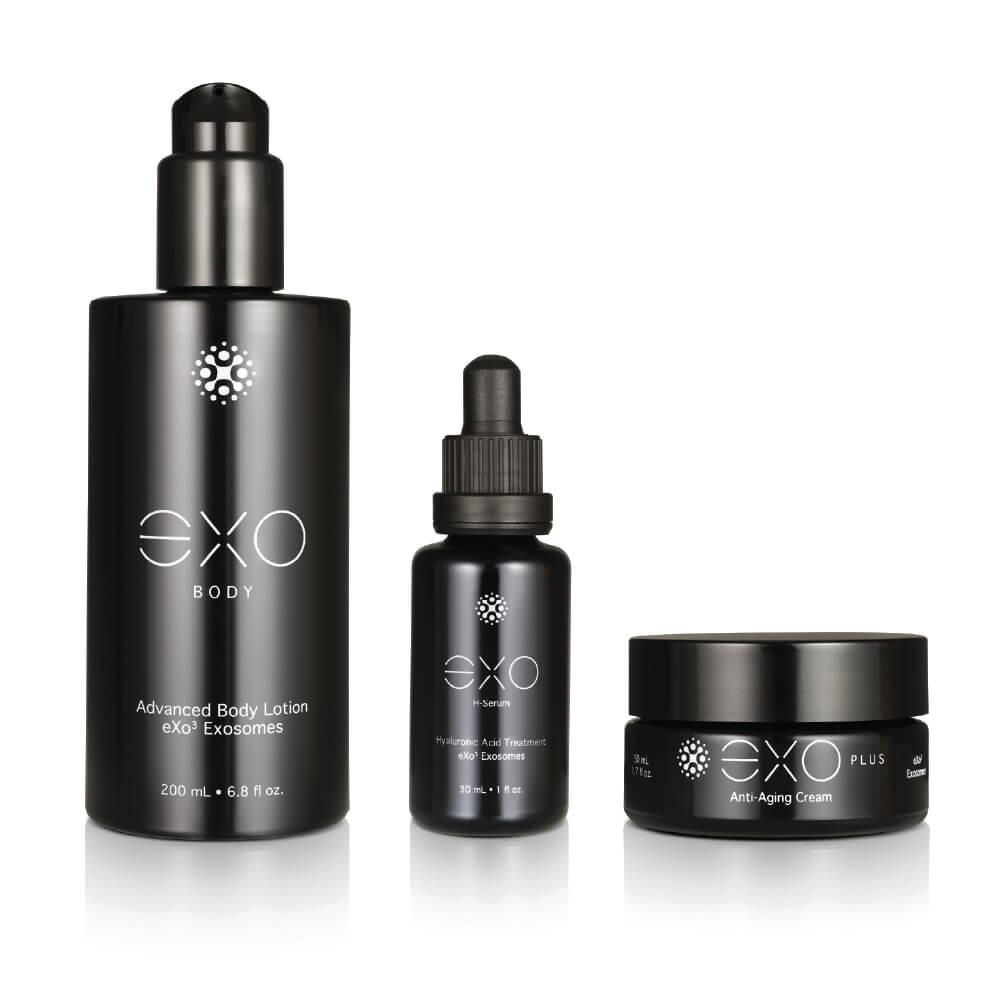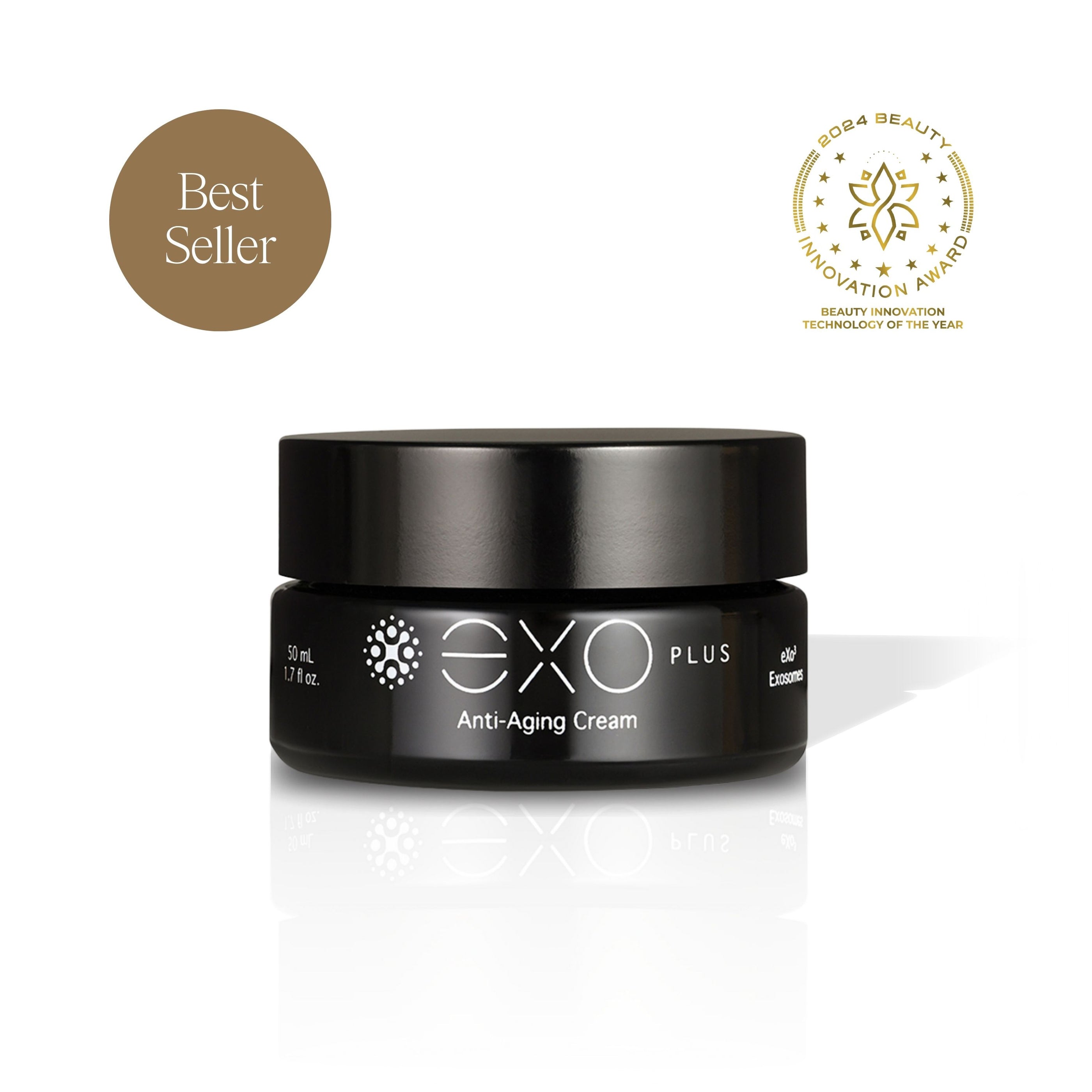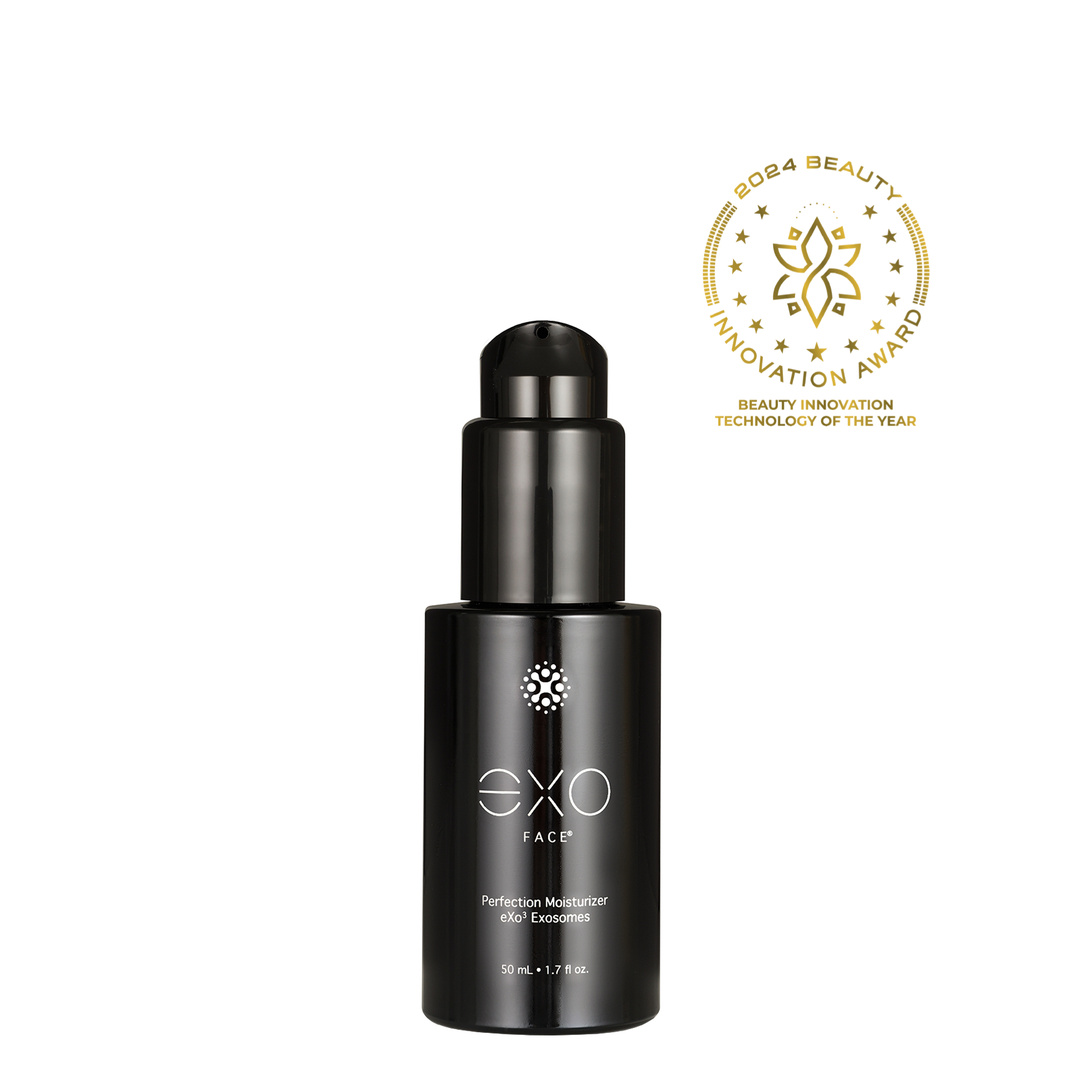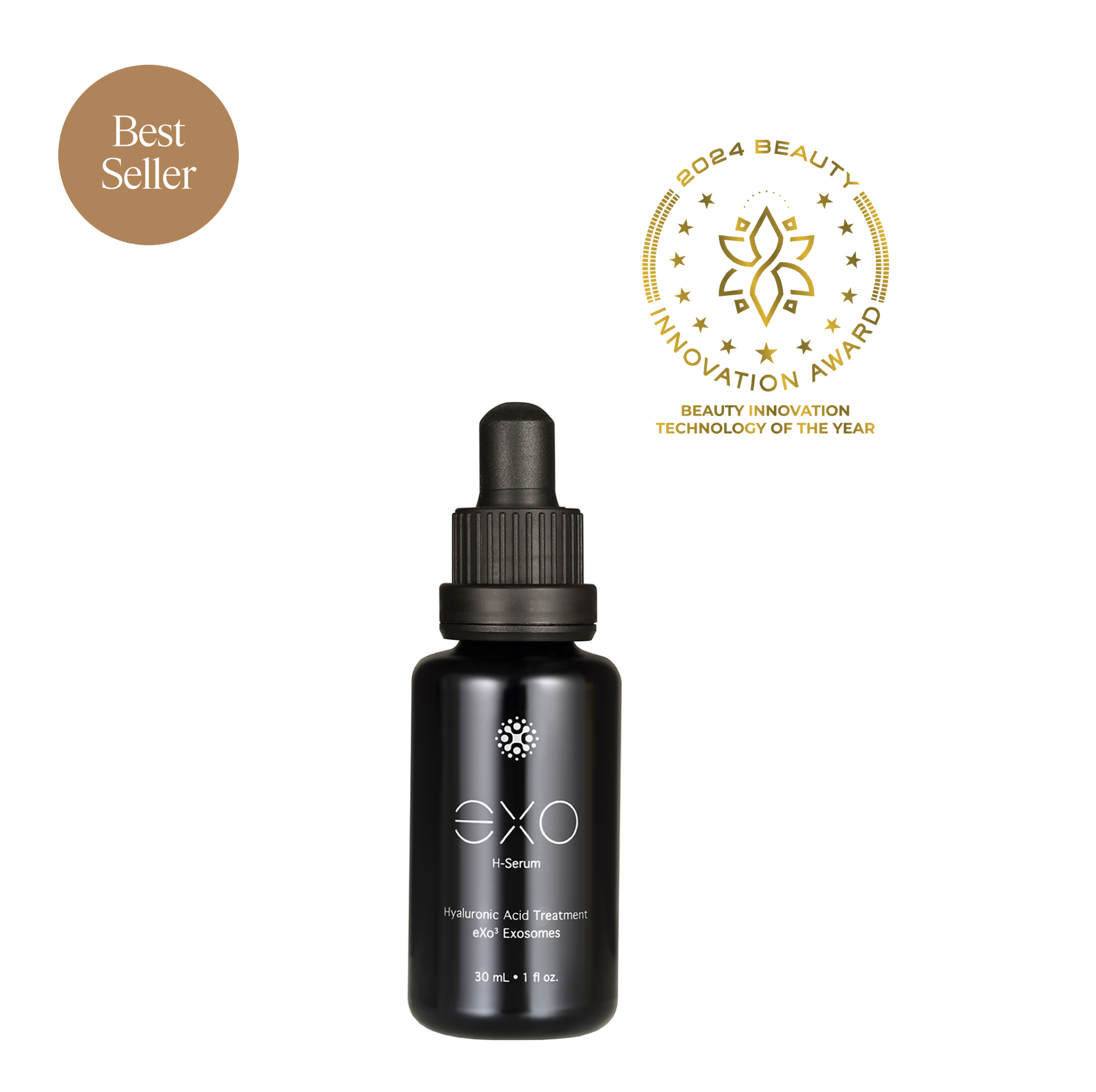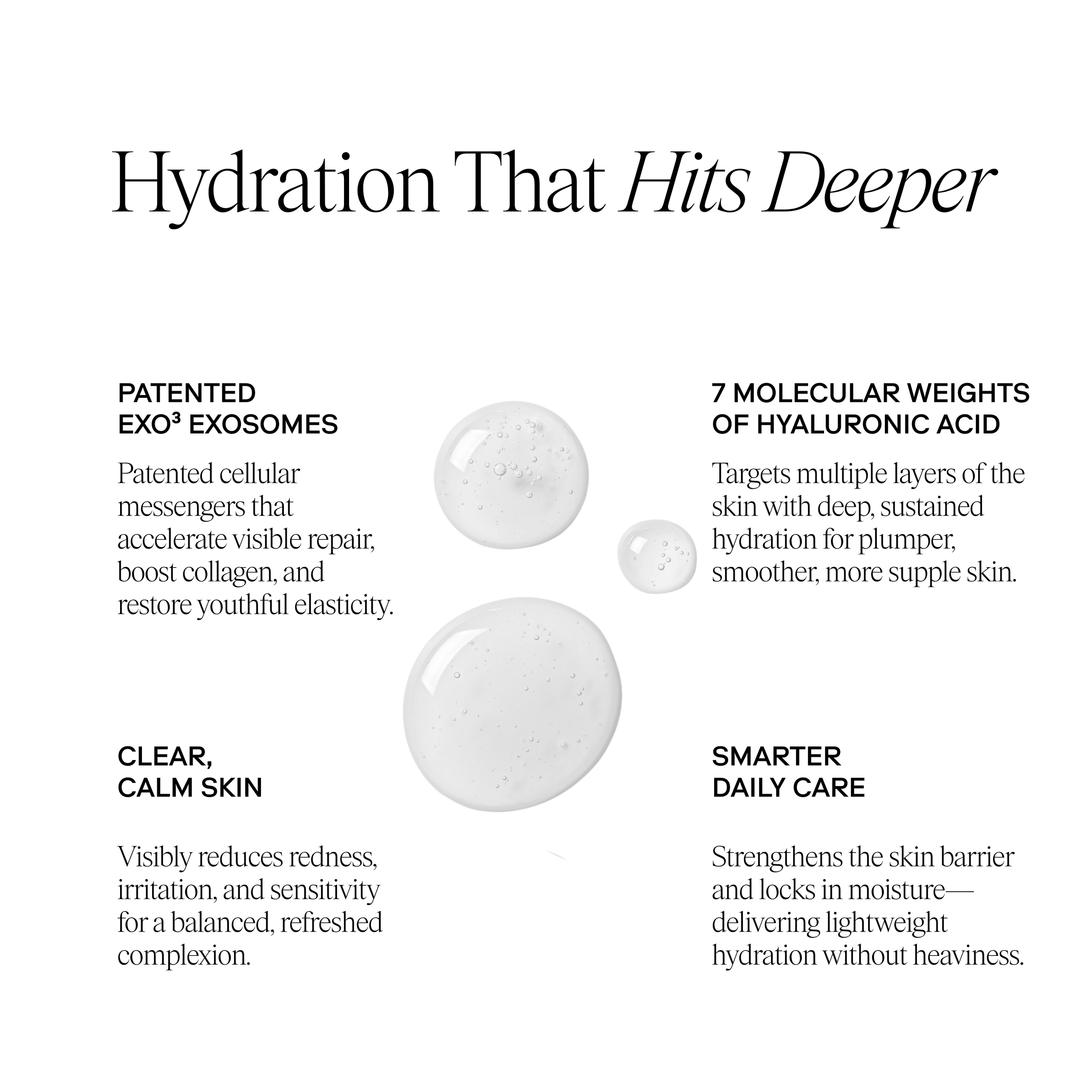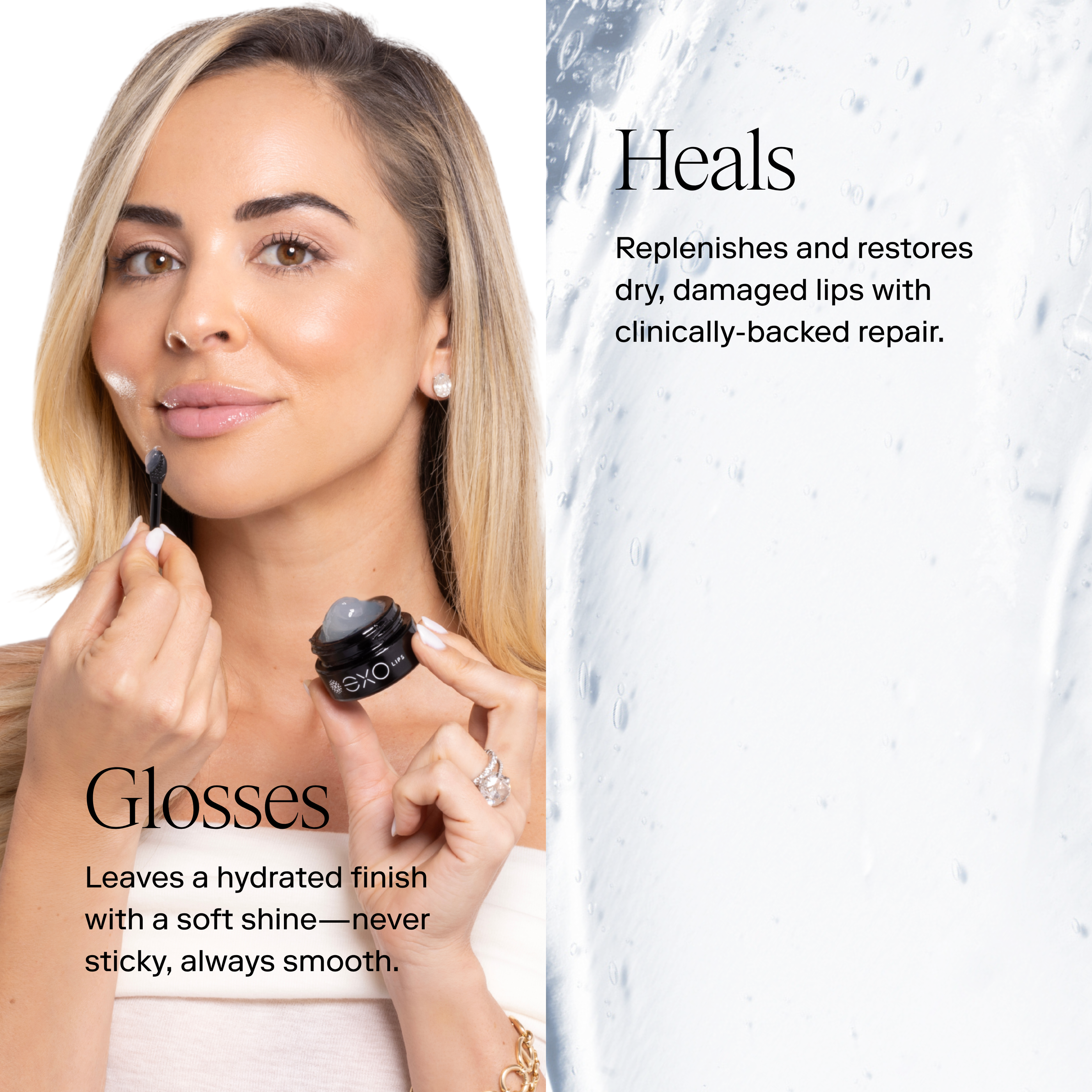In the ever-evolving world of skincare, being informed about ingredient safety is crucial for maintaining healthy skin. While many ingredients can benefit your skincare routine, some common components may cause more harm than good. This comprehensive guide explores ten ingredients that skincare consumers should approach with caution.
1. Formaldehyde and Formaldehyde-Releasing Preservatives
Found in many personal care products, formaldehyde and its releasing agents (such as DMDM hydantoin, quaternium-15, and bronopol) are preservatives that can cause skin irritation and allergic reactions. More concerning is that formaldehyde is a known carcinogen, according to multiple regulatory bodies worldwide. These ingredients often appear in hair straightening products, nail polishes, and some moisturizers.
2. Phthalates
Commonly used as plasticizers in cosmetic products, phthalates help fragrances last longer and make products more pliable. However, these chemicals are endocrine disruptors that may interfere with hormone production. Look out for ingredients like dibutyl phthalate (DBP), dimethyl phthalate (DMP), and diethyl phthalate (DEP).
3. Synthetic Fragrances
The term "fragrance" on a label can represent hundreds of undisclosed chemicals. Many synthetic fragrances are known allergens and can cause skin irritation, headaches, and other adverse reactions. Opt for products that use natural essential oils or are fragrance-free, especially if you have sensitive skin.

4. Parabens
While effective as preservatives, parabens (including methylparaben, propylparaben, and butylparaben) have raised concerns due to their potential to mimic estrogen in the body. Some studies suggest a possible link between parabens and various health issues, including certain types of cancer, though research is ongoing.
5. Oxybenzone and Octinoxate
These common chemical sunscreen ingredients effectively block UV rays but may cause hormone disruption and skin allergies. They're also harmful to coral reefs, leading some regions to ban their use. Mineral sunscreens containing zinc oxide or titanium dioxide offer safer alternatives.
6. Sodium Lauryl Sulfate (SLS) and Sodium Laureth Sulfate (SLES)
These surfactants create the foaming action in many cleansers but can strip the skin of its natural oils, leading to dryness, irritation, and barrier dysfunction. They're particularly problematic for those with sensitive skin or conditions like eczema.
7. Triclosan
Once popular in antibacterial products, triclosan has been linked to hormone disruption and antibiotic resistance. While banned in some products, it may still appear in certain personal care items. The FDA has stated that triclosan provides no additional benefit over regular soap and water.
8. Hydroquinone
This skin-lightening ingredient, while effective for treating hyperpigmentation, can cause irritation, sensitivity to sunlight, and, in rare cases, ochronosis (a blue-black skin discoloration). Many countries have restricted or banned its use in over-the-counter products.
9. Polyethylene Glycols (PEGs)
PEGs are petroleum-based compounds used to create creamy textures and enhance ingredient penetration. However, they can be contaminated with ethylene oxide and 1,4-dioxane, both carcinogenic compounds. They may also increase skin penetration of harmful ingredients.
10. Chemical Exfoliants in High Concentrations
While chemical exfoliants like glycolic acid and salicylic acid can be beneficial in appropriate concentrations, products with high percentages can damage the skin barrier, causing inflammation and increased sensitivity. Always start with lower concentrations and patch test new products.
How to Make Informed Choices
Reading ingredient labels is crucial for making informed skincare choices. Here are some practical tips for avoiding potentially harmful ingredients:
- Always check the full ingredient list rather than relying on marketing claims
- Research unfamiliar ingredients using reputable sources
- Consider your skin type and specific sensitivities when evaluating products
- Look for products endorsed by recognized organizations
- Pay attention to ingredient concentration and placement on ingredient lists
Conclusion
While not everyone will react negatively to these ingredients, being aware of potential risks allows for more informed skincare choices. Remember that skincare is highly individual, and what works for one person may not work for another. When in doubt, consult with a dermatologist or skincare professional about your specific needs and concerns.
As the skincare industry continues to evolve, staying informed about ingredient safety remains crucial for maintaining healthy skin. Consider this guide a starting point for making more conscious decisions about your skincare routine, always keeping in mind that the best approach is one that works for your specific skin type and concerns.

